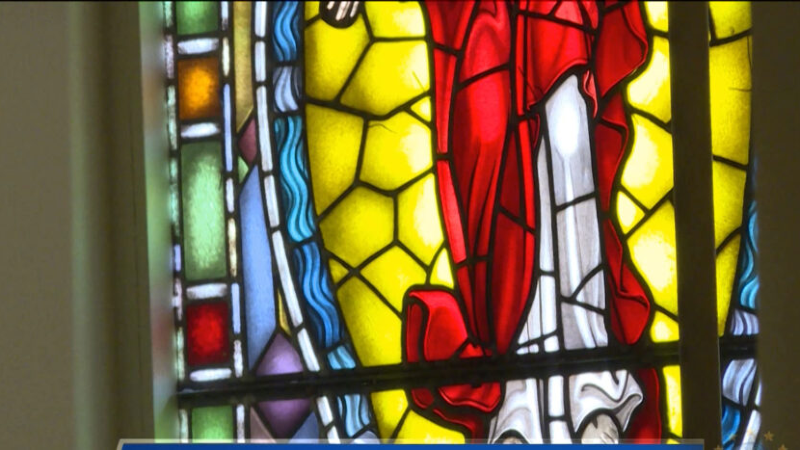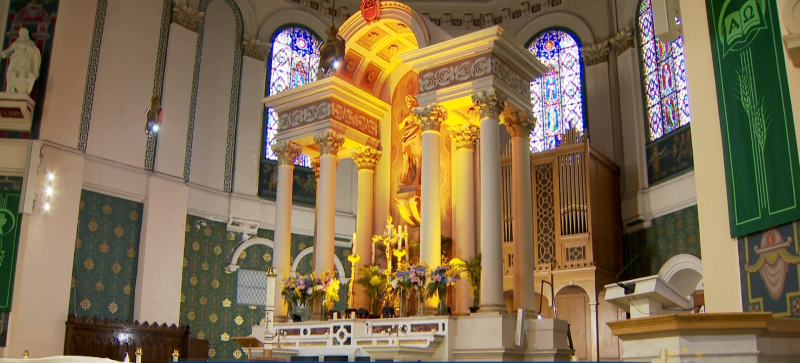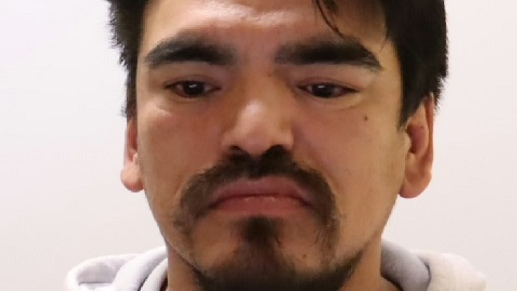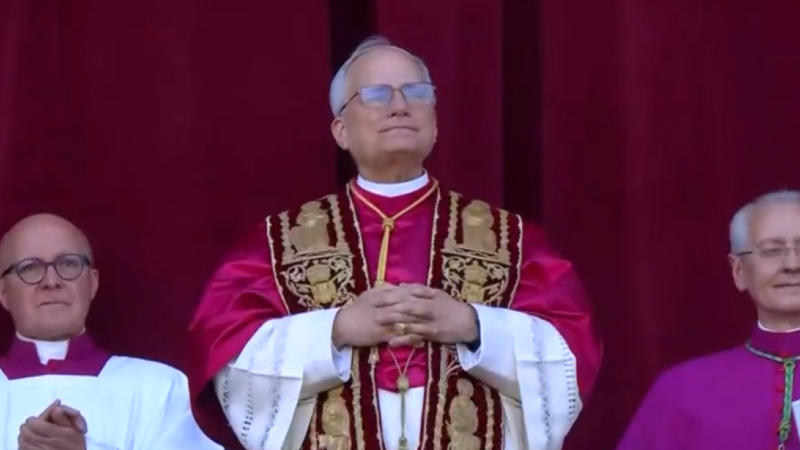
A new pope has been elected.
White smoke emerged from the chimney at the Sistine Chapel just an hour ago, signalling the College of Cardinals has elected a new pope.
Over 100 cardinals were called into the chapel on Wednesday to elect a new head of the Catholic Church following Pope Francis’ death on Easter Monday.
The voting follows a strict process that is determined by church law. Each cardinal selects his choice on a piece of paper inscribed with the words “Eligo in summen pontificem” – “I elect as Supreme Pontiff.” They approach the altar one by one and say: “I call as my witness, Christ the Lord who will be my judge, that my vote is given to the one who, before God, I think should be elected.”
The ballot is placed on a round plate and tipped into a silver and gold urn.
The new pope’s name will be announced this afternoon.
The procedures for the election of the pope developed over almost two millennia. Until the College of Cardinals was created in 1059, the bishops of Rome, like those in other areas, were elected by acclamation of the local clergy and people. Procedures similar to the present system were introduced in 1274 when Gregory X promulgated Ubi periculum following the action of the magistrates of Viterbo during the interregnum of 1268–1271.

The process was further refined by Gregory XV with his 1621 papal bull Aeterni Patris Filius, which established the requirement of a two-thirds majority of cardinal electors to elect a pope. The Third Council of the Lateran had initially set the requirement that two-thirds of the cardinals were needed to elect a pope in 1179. This requirement had varied since then, depending on whether the winning candidate was allowed to vote for himself, in which cases the required majority was two-thirds plus one vote.
Aeterni Patris Filius did not eliminate the possibility of election by acclamation, but did require that a secret ballot take place first before a pope could be elected. Prior to 1621, a cardinal could vote for himself, but it was always with the knowledge and consent of enough of the other voting cardinals, so that he did not make the final decision to make himself pope. Ballots were either signed or initialed in the corner of the ballot, or sometimes coded or numbered.






